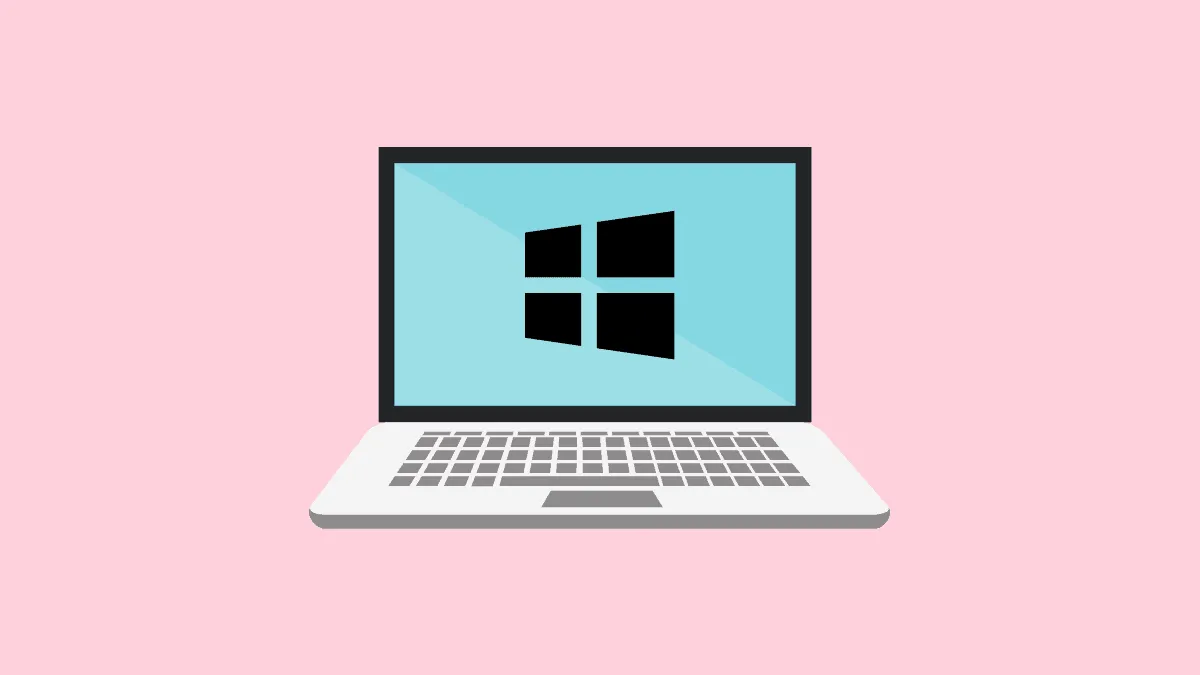If you're encountering the 'CTF Loader' error on your Windows system, you're not alone. This error can be puzzling, especially if you're not familiar with what the CTF Loader process does. In this guide, we'll explore what the CTF Loader is and provide effective solutions to fix any issues related to it.
Understanding the CTF Loader Process
The CTF Loader, or Collaborative Translation Framework Loader, is a process that manages and supports alternative user input services in Windows. This includes handwriting and voice recognition features in applications like Microsoft Office. You'll often see it running in the Task Manager as ctfmon.exe when you're using these features. Generally, it doesn't consume significant system resources. However, sometimes malware can disguise itself as the CTF Loader, causing performance issues.
To ensure that the process isn't malicious, check if ctfmon.exe runs even when you're not using any applications that require it. If it does, running a full system scan is advisable to detect and remove any potential threats.
Causes of CTF Loader Errors
While the CTF Loader usually operates quietly in the background, errors can arise due to several reasons:
- Conflicts within the Windows operating system.
- Problems with input or language packs.
- Incorrect installation of Microsoft Office.
- Malware or virus infections.
Now, let's look at some effective methods to resolve the CTF Loader error.
1. Run a Full System Scan
Malware or viruses can masquerade as legitimate processes like the CTF Loader. Performing a comprehensive system scan can help identify and eliminate these threats. You can use Windows Security, the built-in antivirus tool, to scan your system.
- Press Windows and type Windows Security in the search bar. Open the Windows Security app from the search results.
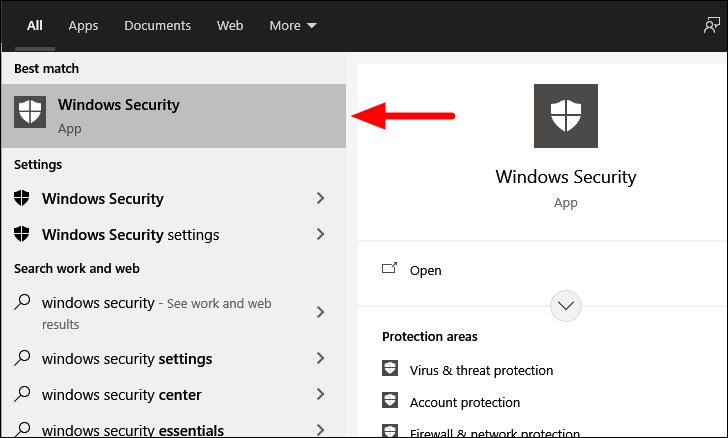
- In the Windows Security window, click on Virus & threat protection.
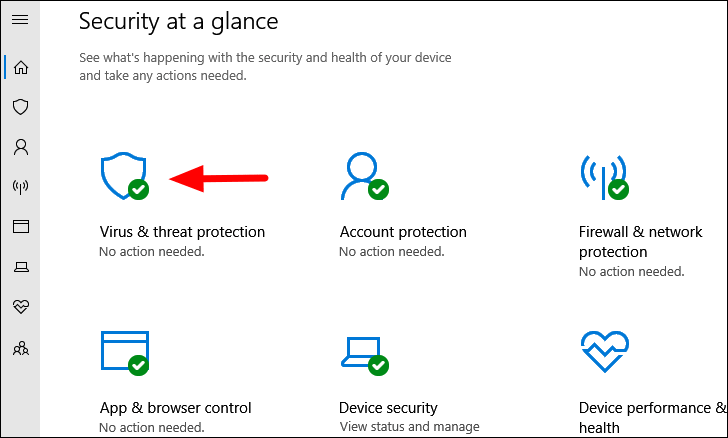
- Scroll down and select Scan options to view the available scan types.
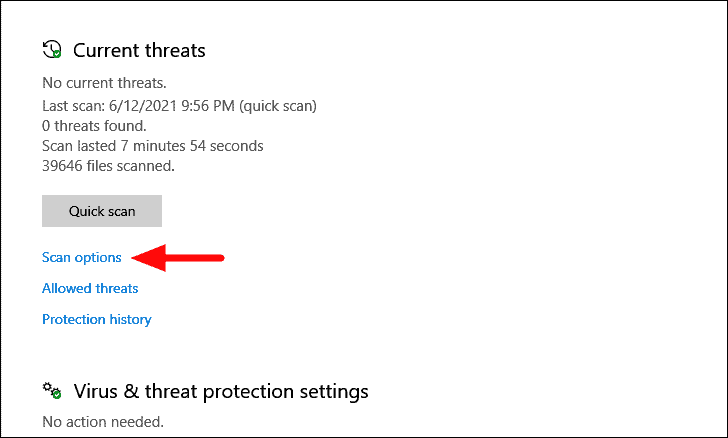
- Choose the Full scan option and click on Scan now at the bottom.
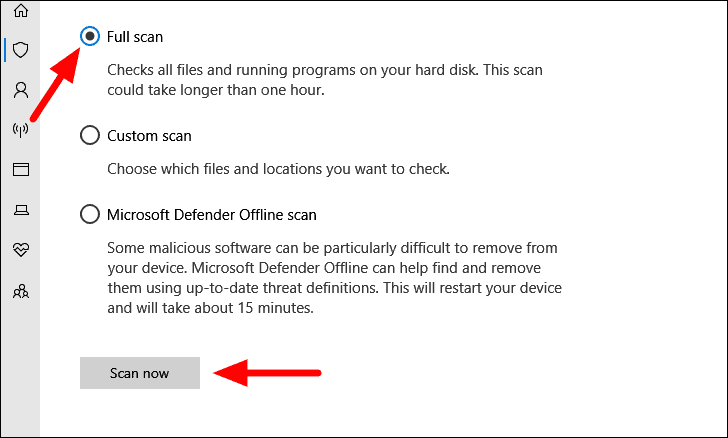
The scan will begin and may take some time to complete, depending on your system's storage size and any detected threats. You can continue using your computer while the scan runs. Once finished, Windows Security will inform you of any issues found and actions taken. Check if the CTF Loader error persists after the scan.
2. Disable the 'Touch Keyboard and Handwriting Panel' Service
If you primarily use a physical keyboard and mouse, you might not need the 'Touch Keyboard and Handwriting Panel' service. Disabling this service can sometimes resolve the CTF Loader error without affecting your system's functionality.
- Press Windows and type Services in the search bar. Open the Services app from the search results.

- In the Services window, scroll down to find Touch Keyboard and Handwriting Panel Service. Double-click on it to open its properties.
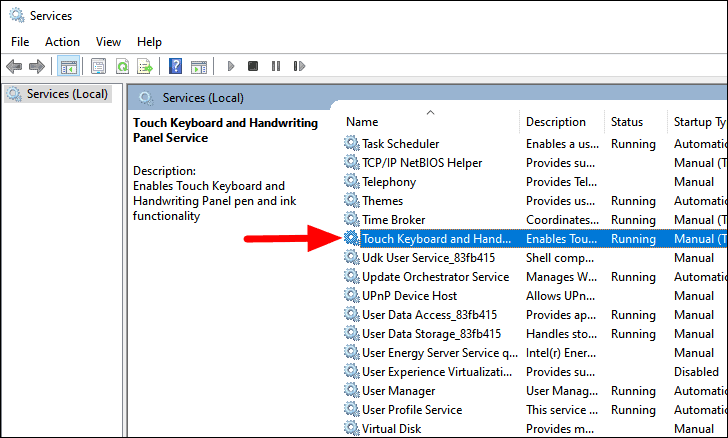
- In the Properties window, under the General tab, click the drop-down menu next to Startup type and select Disabled.

- Click OK to save the changes.

Restart your computer and see if the CTF Loader error is resolved. If you experience any issues after disabling the service, you can re-enable it by setting the Startup type back to its original setting.
3. Manage CTF Loader with Task Scheduler
Another way to address the CTF Loader error is by adjusting its startup behavior using Task Scheduler. This method allows you to control when the CTF Loader process starts without disabling it entirely.
- Press Windows and type Task Scheduler in the search bar. Open the Task Scheduler app from the search results.

- In the Task Scheduler window, navigate to Task Scheduler Library > Microsoft > Windows.
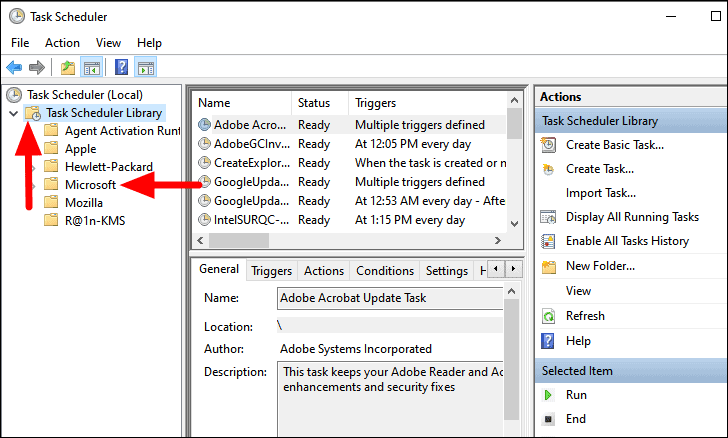
- Scroll down and locate the TextServicesFramework folder. Click on it to display its tasks in the right pane.
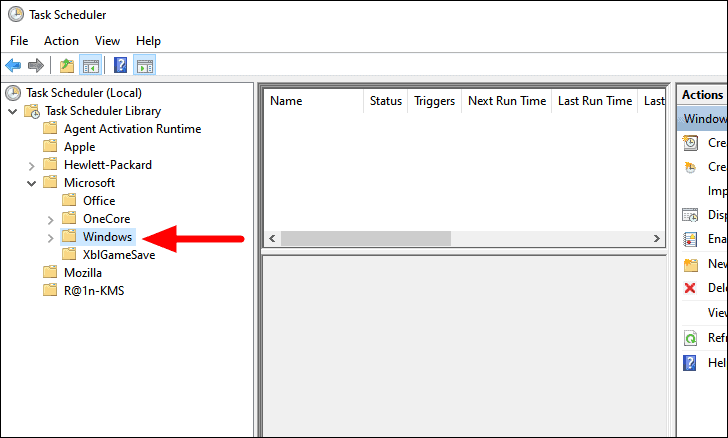
- Right-click on MsCtfMonitor and select Disable from the context menu.
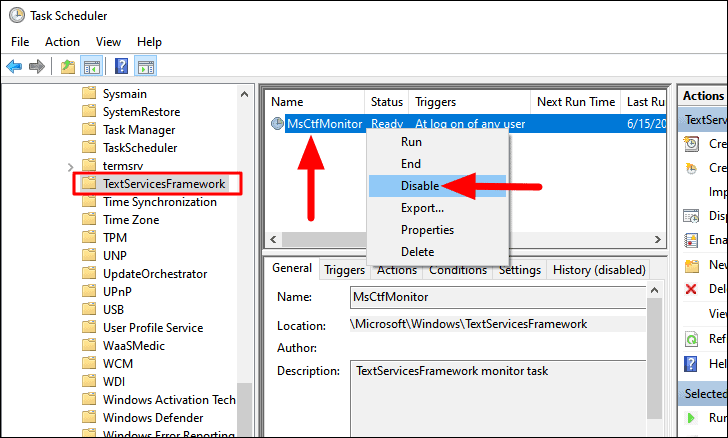
After disabling the task, check if the error persists. This method prevents the CTF Loader from starting automatically, potentially resolving the issue without affecting related services.
4. Delete CTF Loader Executable Files
If the error continues, you might consider deleting the CTF Loader's executable files. Note that this may affect applications that rely on handwriting or voice recognition features.
- Press Windows and type File Explorer in the search bar. Open the File Explorer app.
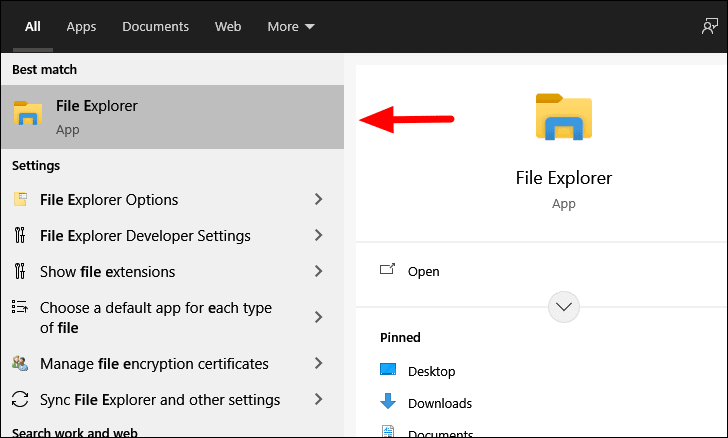
- Navigate to the following directory based on your system version:
- For 64-bit Windows:
C:\Windows\SysWOW64 - For 32-bit Windows:
C:\Windows\System32
- For 64-bit Windows:

- In the directory, use the search bar at the top-right corner to search for
ctfmon.exeand press Enter.

- Right-click on the
ctfmon.exefile and select Delete. Confirm any prompts that appear.
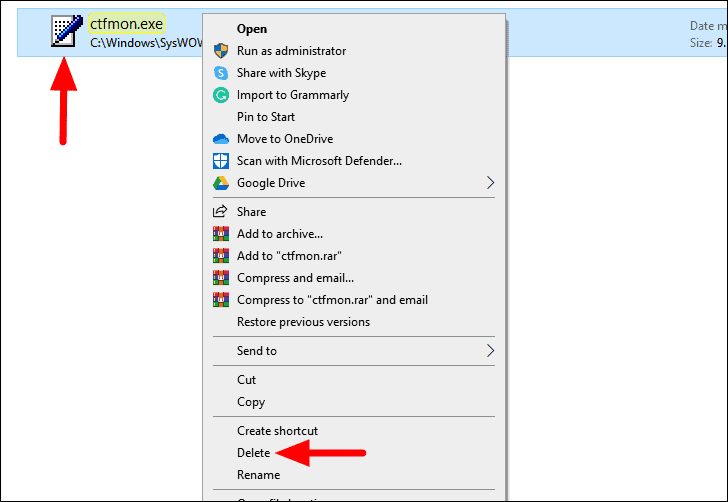
After deleting the file, restart your computer. Be aware that some input features may no longer be available. If this solution doesn't work or causes other problems, you might need to restore the file from the Recycle Bin.
5. Uninstall Recent Windows Updates
Sometimes, recent Windows updates can cause conflicts with system processes like the CTF Loader. If the error started appearing after an update, uninstalling it might resolve the issue.
- Press Windows + I to open the Settings app. Click on Update & Security.
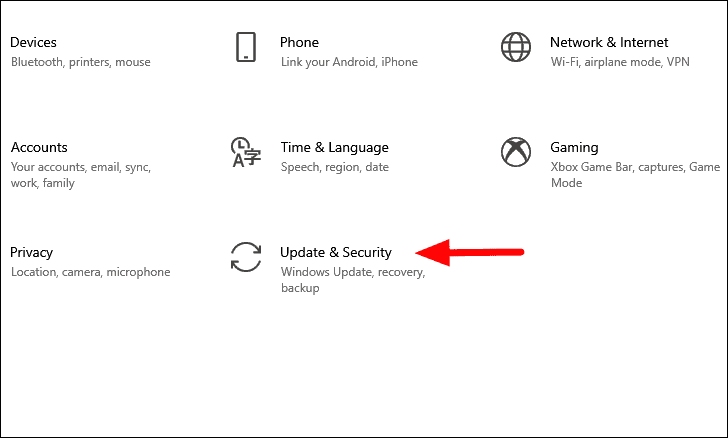
- In the Windows Update section, click on View update history.
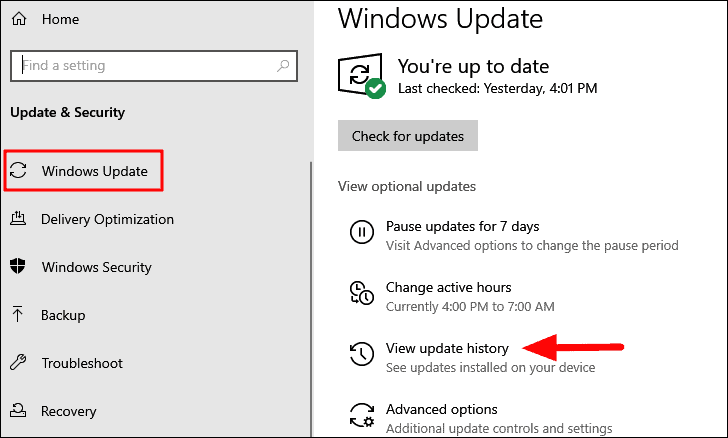
- Click on Uninstall updates at the top of the window.
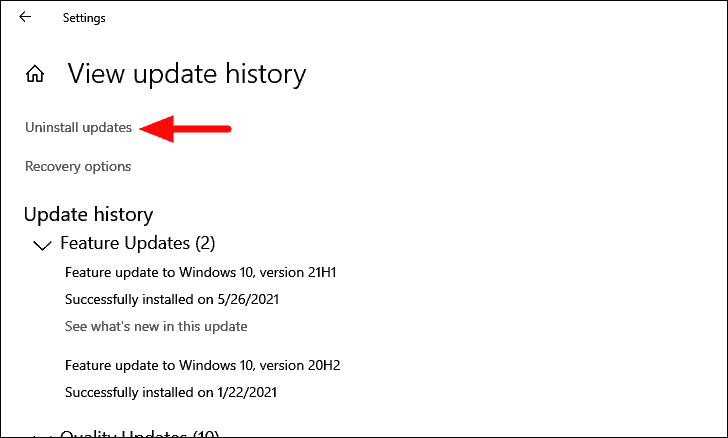
- In the list of installed updates, select the most recent one that might be causing the issue. Click on Uninstall at the top.
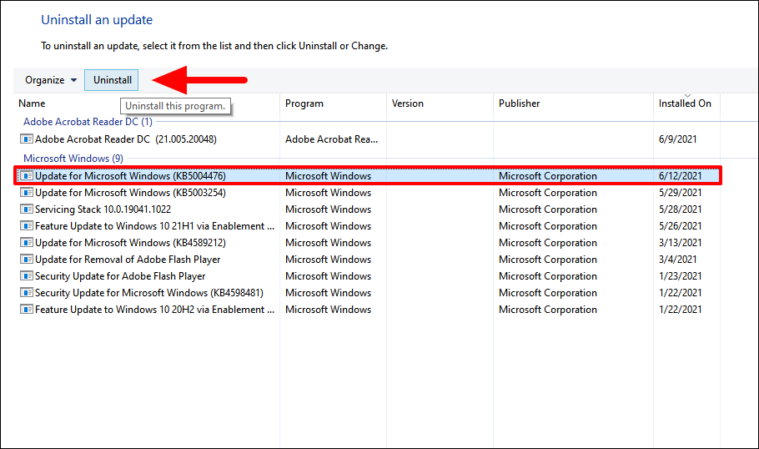
Follow the on-screen instructions to complete the uninstallation. After removing the update, restart your computer and check if the CTF Loader error has been resolved.
By applying these solutions, you should be able to fix any issues related to the CTF Loader process on your Windows system. If the problem persists, consider seeking further assistance from Microsoft Support or a professional technician.

